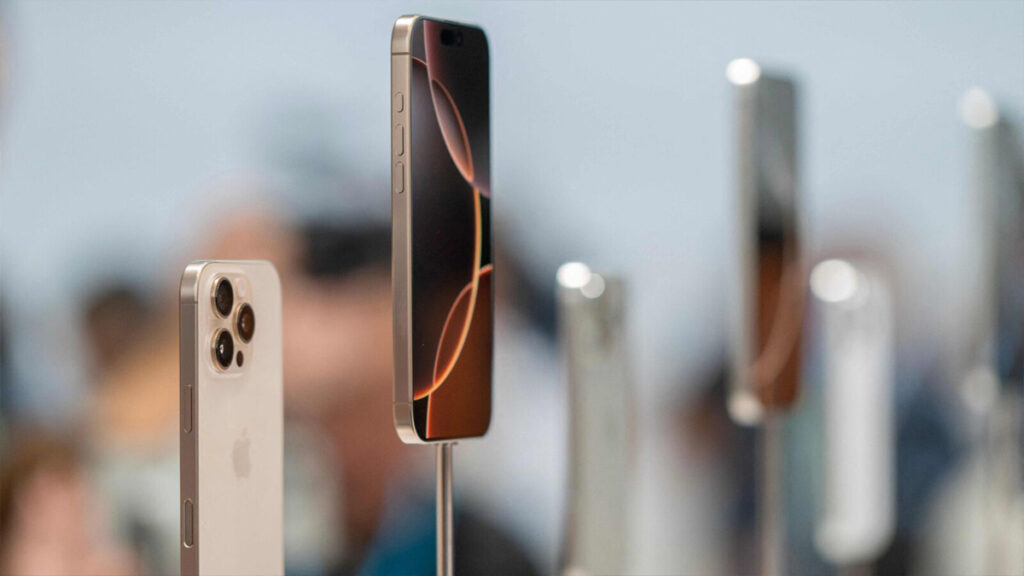Now Reading: Xiaomi HyperOS 2.1: Features, Release Date, and Compatibility
-
01
Xiaomi HyperOS 2.1: Features, Release Date, and Compatibility
Xiaomi HyperOS 2.1: Features, Release Date, and Compatibility

Xiaomi’s HyperOS has been making waves in the Android world, promising a seamless and intuitive user experience. Now, with the impending arrival of HyperOS 2.1, excitement is building once again. This article delves into the details of this upcoming update, exploring its key features, improvements, and expected release timeline.
What is HyperOS?
Before diving into version 2.1, it’s important to understand the foundation. HyperOS is Xiaomi’s custom Android-based operating system, designed to replace MIUI. It aims to provide a more unified and efficient experience across Xiaomi’s diverse product ecosystem, including smartphones, tablets, smart home devices, and more. HyperOS emphasizes fluidity, performance, and cross-device connectivity.
HyperOS 2.1: Building on a Strong Foundation
HyperOS 2.1 is set to refine and enhance the existing HyperOS experience. While Xiaomi hasn’t officially released a comprehensive changelog, leaks, beta releases, and industry insights have provided a glimpse into what users can expect.
Key Expected Features and Improvements:
- Enhanced Performance and Efficiency: One of the core focuses of HyperOS 2.1 is optimizing performance and resource management. This translates to smoother animations, faster app launches, and improved multitasking capabilities. The update is expected to further fine-tune energy efficiency, leading to better battery life.
- Refined User Interface (UI): While HyperOS already boasts a clean and modern UI, version 2.1 is likely to introduce subtle refinements and enhancements. This could include updated icons, smoother transitions, and improved overall aesthetics.
- Upgraded Game Turbo: For mobile gamers, HyperOS 2.1 is expected to bring significant improvements to the Game Turbo feature. This could include a more intuitive interface, enhanced performance optimization for games, and new features like real-time FPS monitoring and improved touch response.
- Dynamic Island-like Notifications: Drawing inspiration from Apple’s Dynamic Island, HyperOS 2.1 is rumored to introduce a similar notification system. This would allow for more interactive and informative notifications that seamlessly integrate with the UI.
- Flashlight Adjust Menu: A seemingly small but practical addition is the Flashlight Adjust Menu. This feature will allow users to precisely control the brightness of the flashlight, providing more versatility in different situations.
- Improved System Stability and Bug Fixes: As with any major update, HyperOS 2.1 will undoubtedly include numerous bug fixes and stability improvements. This will ensure a smoother and more reliable user experience.
- New Animations: Expect smoother and more modern system transitions throughout the OS. This will contribute to a more polished and fluid user experience.
- Overhauled Control Center: A more user-friendly and feature-rich Control Center is anticipated, potentially with added customization options.
- Advanced Battery Management: Further enhancements to power management are expected, aiming to maximize battery life for users.
Expected Release Timeline and Device Compatibility:
While an official release date is yet to be announced, it’s speculated that HyperOS 2.1 will begin rolling out in early 2025. As with previous updates, the rollout will likely be phased, starting with flagship devices and gradually expanding to other models.
Devices Expected to Receive HyperOS 2.1 (This list is based on current information and may be subject to change):
- Xiaomi 15 series
- Redmi K70 series
- Other recent Xiaomi and Redmi devices
It’s important to note that this is not an exhaustive list, and Xiaomi may include more devices in the future.
HyperOS 2.1 vs. MIUI:
HyperOS represents a significant shift from MIUI, Xiaomi’s previous Android skin. While MIUI had its strengths, it also faced criticism for its bloatware and occasional performance issues. HyperOS aims to address these concerns by offering a more streamlined, efficient, and unified experience.
Key Differences:
- Focus on Cross-Device Connectivity: HyperOS is designed to seamlessly integrate with Xiaomi’s entire ecosystem of devices, while MIUI primarily focused on smartphones.
- Improved Performance and Efficiency: HyperOS is built on a more optimized architecture, resulting in better performance and battery life.
- Streamlined UI and UX: HyperOS offers a cleaner and more intuitive user interface compared to MIUI.
- Enhanced Security and Privacy: HyperOS includes various security and privacy enhancements.
Final Thought
HyperOS 2.1 is shaping up to be a significant update, bringing a range of improvements and new features to Xiaomi devices. With its focus on performance, efficiency, and user experience, HyperOS 2.1 has the potential to further solidify Xiaomi’s position in the competitive Android market. As more information becomes available, we will continue to update this article with the latest details.
Disclaimer:
The information provided in this article is based on current leaks, beta releases, and industry insights. The final features and release timeline of HyperOS 2.1 may vary. It’s always best to refer to official announcements from Xiaomi for the most accurate and up-to-date information.










